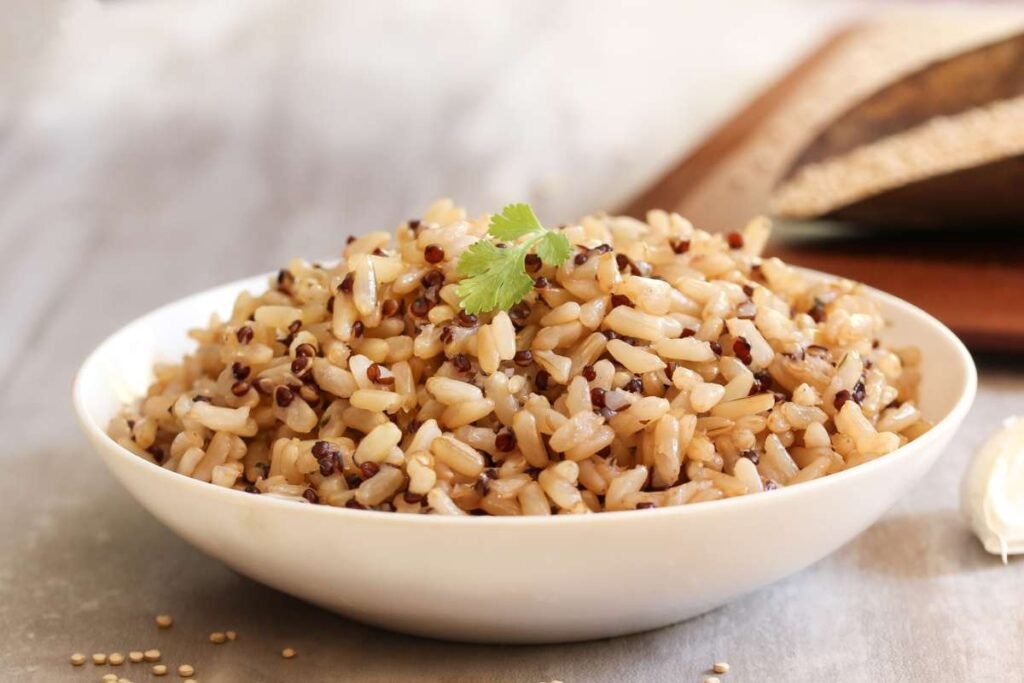The Nutritional Benefits vs. Arsenic Risk
Brown rice is often considered a healthier alternative to white rice due to its higher fiber and nutrient content. It is commonly associated with better health, particularly among those looking to improve their diets. However, a recent study reveals a hidden risk that may complicate this perception. According to the research, brown rice contains significantly higher levels of Arsenic Concerns, including the more harmful inorganic form, compared to white rice. While this arsenic presence doesn’t pose an immediate threat to most adults, there are serious concerns for young children, particularly those under five years of age, who are more vulnerable to the harmful effects of arsenic exposure.
Felicia Wu, senior investigator of the study and a professor at Michigan State University, emphasized that while consuming brown rice could increase arsenic exposure, the risk would only be substantial if individuals consumed excessive amounts daily for years. Wu explained that while brown rice is nutritionally beneficial, consumers should be aware of the balance between nutrition and food safety when making rice choices.
Understanding Arsenic Concerns in Rice
Arsenic is a naturally occurring toxin found in the earth’s crust, and rice, in particular, is known to absorb much higher levels of arsenic compared to other grains. This is due to the way rice is grown in flooded paddies, where the wet soil conditions allow arsenic to enter the plants. Although arsenic exposure from rice consumption doesn’t pose significant risks to most adults, the study found that young children, especially those consuming rice more frequently relative to their body weight, may face increased risks.
Wu, along with lead author Christian Scott, compared Arsenic C=concerns exposure from both brown and white rice using U.S. data. They discovered that rice grown in the U.S. contained 33% inorganic arsenic in white rice and 48% in brown rice. Globally, the figures were even higher, with 53% of arsenic in white rice and 65% in brown rice being the more toxic inorganic form. The study also revealed that children, Asian immigrant populations, and those facing food insecurity were most at risk due to elevated rice consumption.
Implications and Policy Considerations
While the findings suggest that brown rice may pose a higher arsenic risk, Wu cautioned against interpreting this as a reason to avoid brown rice altogether. The grain offers essential nutrients such as fiber, protein, and niacin, which are beneficial for overall health. Nevertheless, the study calls for further research to better understand the potential health risks of arsenic exposure and the potential nutritional benefits of brown rice.
In light of these concerns, there are discussions about potential policy changes to better regulate arsenic levels in food. The FDA’s Closer to Zero initiative is expected to address arsenic levels in food products soon. Researchers suggest that consumers may want to reconsider their rice consumption patterns, especially for young children, in light of the risks associated with long-term arsenic exposure. This study brings attention to the complexities of healthy eating and challenges the assumption that choices between brown and white rice are simple.









